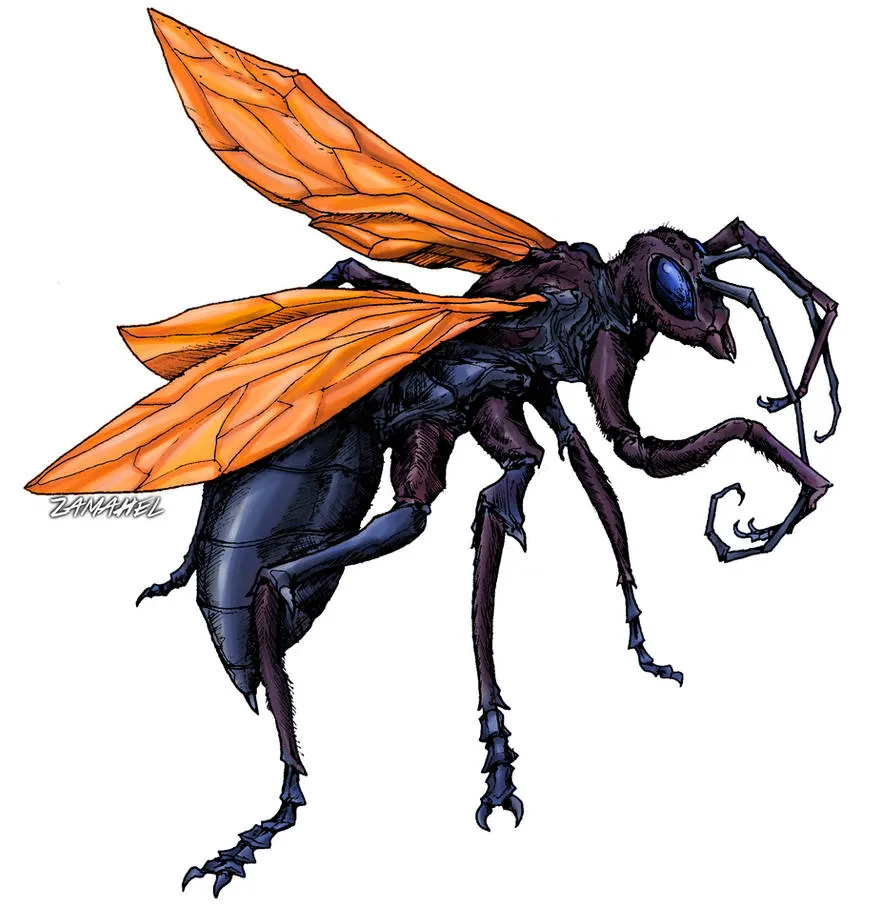What is a Tarantula Hawk Wasp?
The tarantula hawk wasp (Pepsis grossa) is a remarkable insect, renowned for its size, potent sting, and unique hunting behavior. Belonging to the Pompilidae family, these wasps are among the largest wasps on Earth, often boasting a body length of up to two inches. Their striking appearance, characterized by a metallic blue-black body and vibrant orange wings, makes them easily recognizable. These solitary wasps are native to various regions, including the southwestern United States, parts of South America, and Australia. They play a crucial role in their ecosystems, primarily through their parasitic relationship with tarantulas, which serves as a food source for their larvae. Understanding their biology and life cycle is crucial to appreciating their significance in the natural world and the factors that influence their lifespan.
Tarantula Hawk Wasp Overview
Tarantula hawk wasps are solitary creatures, meaning they do not live in colonies like bees or some other wasp species. Instead, each female wasp is responsible for building her nest, hunting for prey, and laying her eggs. The wasps are well-adapted to their environment, with a robust exoskeleton and powerful mandibles for handling prey. Their life cycle is closely tied to the availability of tarantulas, which they use as hosts for their larvae. The wasp’s sting is notoriously painful, ranked among the most painful insect stings. However, the wasp uses this sting not for aggression towards humans but to paralyze tarantulas, allowing them to be dragged to a burrow where the wasp will lay an egg on the spider. The larvae will then feed on the paralyzed spider, eventually pupating and emerging as adult wasps. These wasps also play an important role in pollination as they feed on nectar and pollen.
Identifying Characteristics
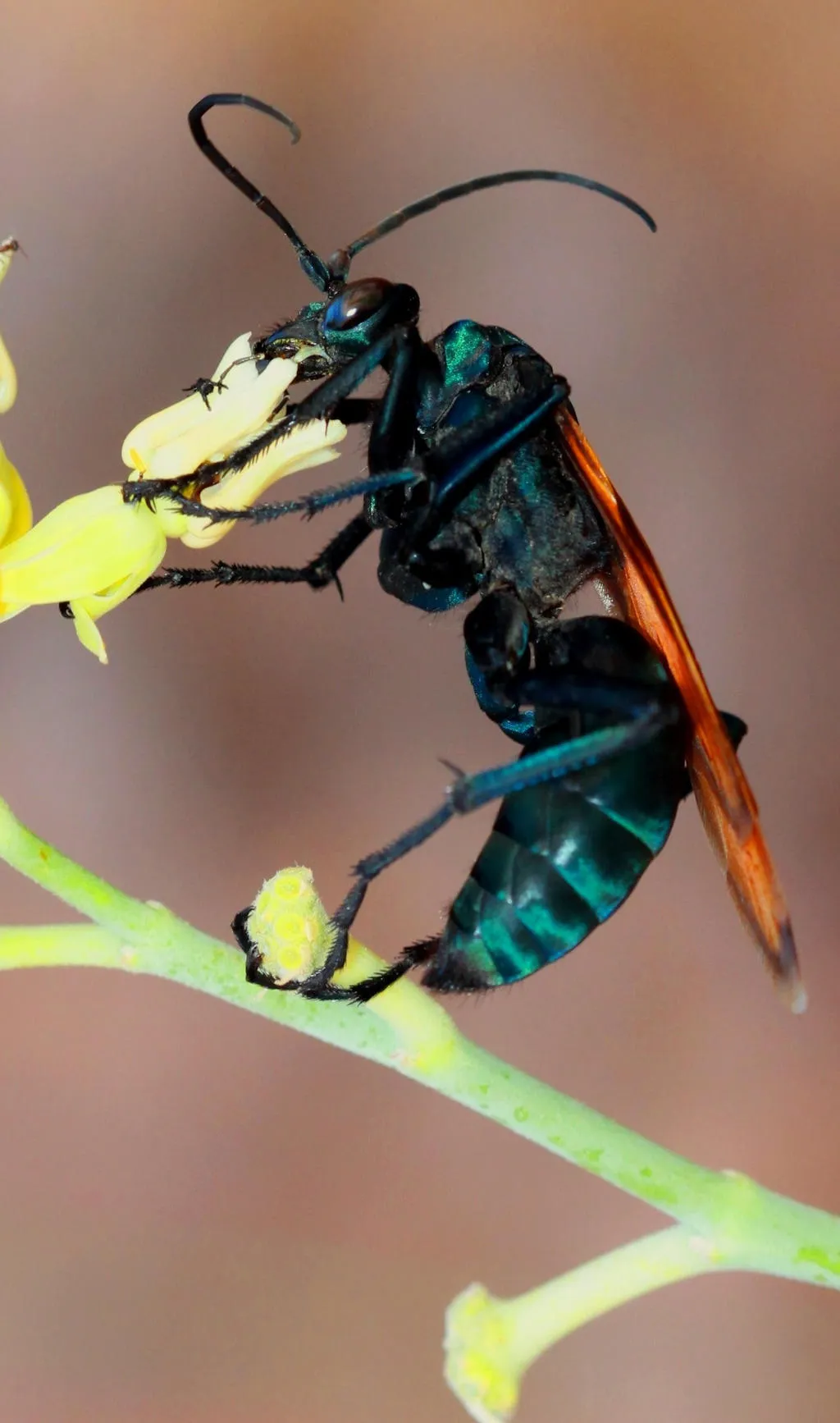
Identifying a tarantula hawk wasp is relatively easy, thanks to its distinct features. The most noticeable characteristic is the striking color combination of a black or metallic blue-black body and bright orange wings. Their size is another key identifier, as they are among the largest wasps, typically ranging from 1 to 2 inches in length. The females are generally larger than the males. When observing the wasp, pay attention to the overall body shape, which is elongated and robust. They possess powerful legs, adapted for dragging their massive prey. These features differentiate them from other wasp species, making it easier to spot them in their natural habitat. They also have long, curved antennae, which they use to navigate and sense their surroundings. The wasp’s powerful mandibles are another identifying feature, used for manipulating and carrying their prey.
The Life Cycle of a Tarantula Hawk Wasp
The life cycle of a tarantula hawk wasp is a fascinating process that involves several distinct stages, each playing a critical role in the wasp’s survival and the perpetuation of its species. This complex cycle is heavily influenced by the wasp’s unique hunting behavior and its dependency on tarantulas. The wasp’s life cycle from egg to adult is crucial for understanding the overall lifespan and survival strategies of these intriguing insects. Each stage presents different vulnerabilities and requires specific environmental conditions to ensure the wasp’s successful development and eventual reproduction.
Egg Stage
The egg stage begins when the female tarantula hawk wasp, after successfully subduing a tarantula with its venomous sting, lays a single egg on the paralyzed spider’s abdomen. This egg is typically small and oval-shaped. The placement of the egg is critical, as it must remain secure and accessible for the emerging larva. This egg hatches into a larva, which will feed on the paralyzed spider. The egg stage duration is relatively short, with the egg typically hatching within a few days of being laid. The survival of the egg depends on various factors, including environmental conditions and the successful paralysis of the host spider. The egg is remarkably resilient, designed to withstand the rigors of the wasp’s environment and ensure the continuation of its life cycle.
Larval Stage
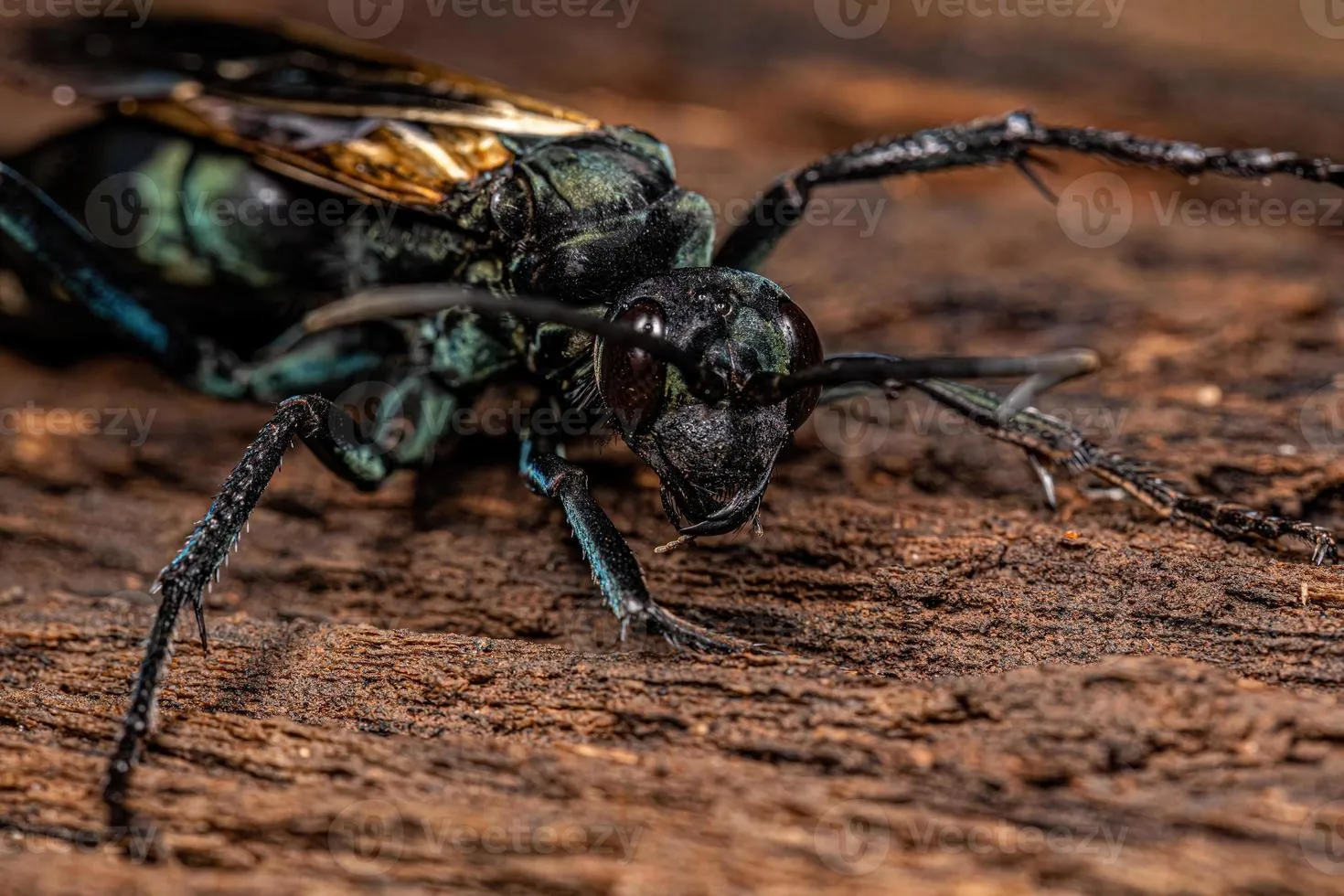
Once the egg hatches, the larva enters the larval stage. This stage is characterized by the larva feeding voraciously on the paralyzed tarantula. The larva, which is a white grub-like creature, begins by consuming the non-essential parts of the spider, ensuring the prey remains alive and fresh for as long as possible. As the larva grows, it molts several times, shedding its exoskeleton to accommodate its increasing size. This process is critical for its development. The duration of the larval stage varies but generally lasts several weeks, during which the larva undergoes significant growth and development. The availability of the tarantula as a food source is the primary factor determining the larval stage’s success. Ultimately, the larval stage culminates in pupation, the final step before the adult wasp emerges.
Pupal Stage
After completing its larval stage, the tarantula hawk wasp enters the pupal stage, a period of metamorphosis where the larva transforms into an adult wasp. The larva spins a cocoon, often within the tarantula’s burrow or a similar protected location. Inside this cocoon, significant structural changes occur, as the larva’s tissues and organs reorganize into the adult form. This period is crucial, as it determines the wasp’s eventual characteristics, including its size, color, and reproductive capabilities. The pupal stage’s duration can range from several weeks to months, influenced by environmental factors such as temperature and humidity. Once the pupa has fully developed, it emerges from the cocoon as a fully formed adult tarantula hawk wasp. The pupal stage is a transition phase from a larva to a fully functional insect.
Adult Stage
The adult tarantula hawk wasp emerges from the pupal stage, ready to begin its adult life. The primary focus of the adult wasp is reproduction. Females actively search for tarantulas to paralyze and use as hosts for their eggs, ensuring the continuation of the life cycle. Males, on the other hand, focus on mating. The adult wasp spends its time foraging for nectar and pollen. The adult stage’s lifespan can vary significantly depending on several factors, including environmental conditions, access to food, and the presence of predators. The adult stage represents the final phase of the wasp’s life cycle, with a primary focus on reproduction and survival. This stage determines the wasp’s impact on its ecosystem through its hunting, mating, and other behaviors.
Factors Influencing Lifespan
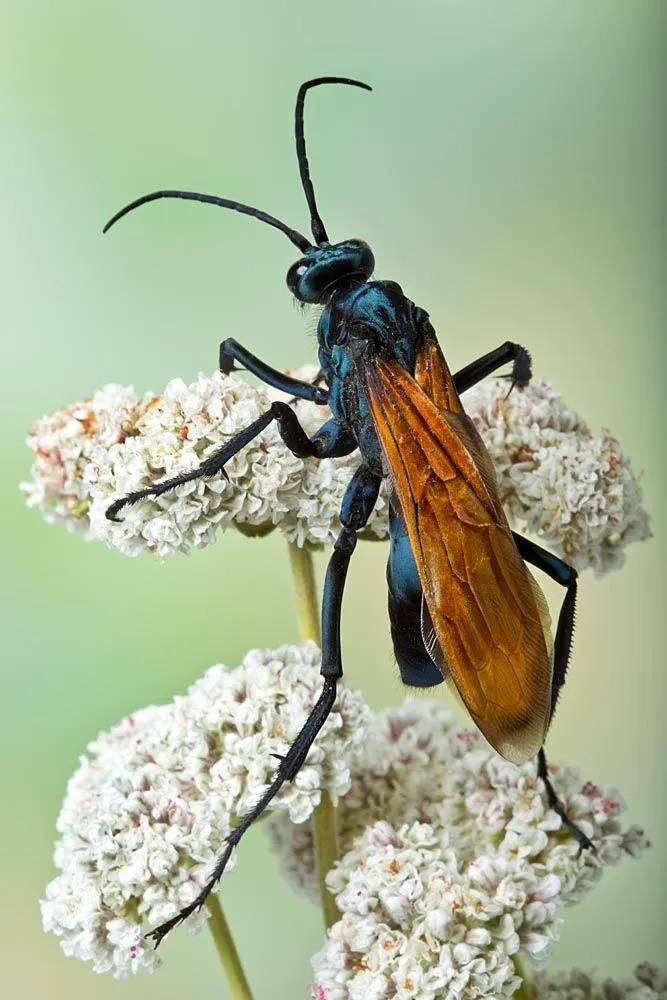
The lifespan of a tarantula hawk wasp is influenced by a combination of environmental and biological factors, which impact their survival and reproductive success. Various conditions contribute to the duration of their adult life, with each factor playing a critical role in the overall lifespan of these insects. These factors determine the time available for mating, hunting, and reproduction, ultimately affecting the population dynamics of tarantula hawk wasps in their respective habitats.
Diet and Nutrition
The diet of tarantula hawk wasps primarily consists of nectar and pollen, providing essential energy and nutrients for their survival. The availability of these food sources directly influences the wasp’s lifespan, with a consistent supply contributing to a longer and healthier life. Nutritional deficiencies can weaken the wasp, making it more susceptible to predators and environmental stressors. Therefore, access to diverse and high-quality food sources is essential for maximizing the adult lifespan. In some cases, the wasps might also consume other insects or small invertebrates as supplemental nutrients. The adult wasp’s ability to forage efficiently and find adequate food sources significantly impacts its survival.
Predators and Threats
Tarantula hawk wasps face various threats from predators and environmental hazards. Birds, lizards, and other insects may prey on these wasps, reducing their lifespan. Parasites can also infest the wasps, weakening them and shortening their lifespan. Environmental factors such as extreme weather conditions, including heatwaves or droughts, can also negatively affect their survival. Human activities, such as habitat destruction, can also pose a significant threat to the wasp populations, reducing their access to food and nesting sites. The constant threat from predators and other environmental stressors shapes the wasp’s behavior and survival strategies.
Geographic Location and Climate
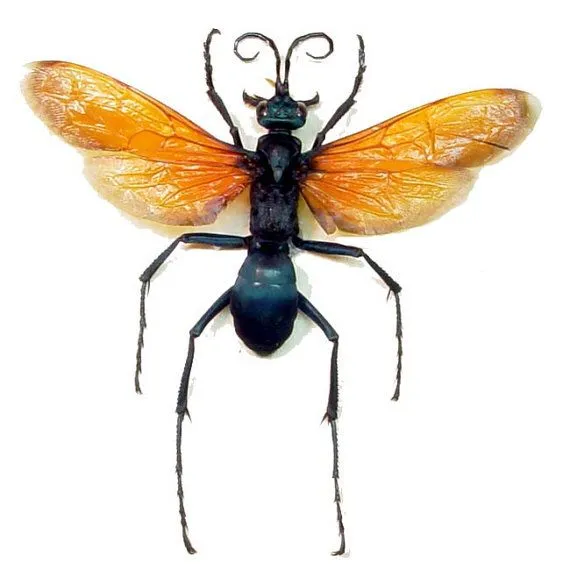
The geographic location and prevailing climate significantly influence the lifespan of tarantula hawk wasps. Regions with favorable climates, such as warm temperatures and moderate humidity, provide more opportunities for hunting, mating, and overall survival. In contrast, harsh climates, such as extreme heat or cold, can significantly shorten the adult lifespan. The availability of tarantulas, the wasps’ primary prey, also varies with the location, impacting the wasp’s survival rate and duration. Geographic factors such as habitat type and vegetation cover also affect the wasps’ life. Thus, the specific environmental conditions of a particular region are critical in determining the overall lifespan of tarantula hawk wasps.
Average Tarantula Hawk Wasp Lifespan
Determining the exact lifespan of tarantula hawk wasps is challenging due to the variability of environmental factors and the difficulties in observing their behavior in the wild. However, it is generally estimated that adult tarantula hawk wasps can live for several months, typically from a few months up to a year, depending on the specific conditions and species. The lifespan can vary significantly between males and females, with females generally living longer due to their reproductive roles and the energy demands associated with hunting tarantulas and laying eggs. The average lifespan is influenced by the factors previously discussed, including diet, predation, climate, and the availability of tarantulas. Precise tracking of individual wasps is difficult in their natural habitat, making it difficult to establish an exact lifespan for these insects.
Comparing Male and Female Lifespans
There are notable differences in the lifespan between male and female tarantula hawk wasps. In general, female wasps tend to live longer than their male counterparts. This difference is primarily attributed to the female’s reproductive roles and the energy requirements associated with hunting tarantulas and laying eggs. Females invest significant energy in these activities, which can prolong their life. Males, whose primary role is mating, may have a shorter lifespan because they dedicate most of their energy to finding and mating with females. While the exact duration varies, females can often live for several months longer than males under similar conditions. These differences contribute to variations in their behavior, ecological roles, and the overall population dynamics of tarantula hawk wasps.
How Lifespan Impacts Behavior and Ecology
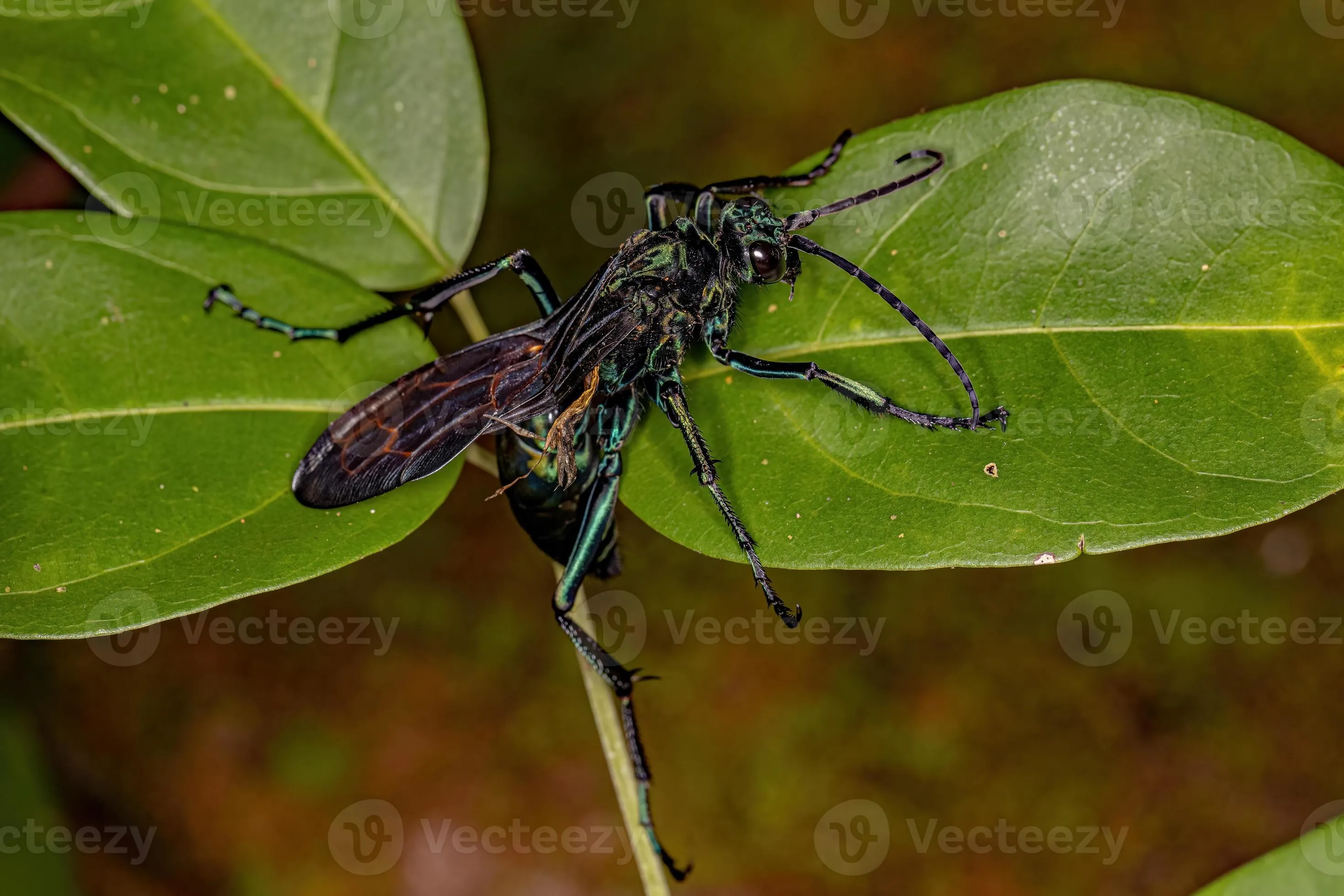
The lifespan of a tarantula hawk wasp has profound implications for its behavior and its ecological role within its ecosystem. The longer the lifespan, the greater the chance for successful reproduction. It impacts how they hunt, mate, and interact with their environment. Longer-lived females can hunt more tarantulas and lay more eggs, ultimately increasing their reproductive success. The wasp’s lifespan also influences its foraging behavior and its ability to adapt to changing environmental conditions. A longer lifespan can mean a wider range of opportunities for finding mates. These behavioral adaptations and interactions make the tarantula hawk wasp a key component of its habitat, playing a role in controlling tarantula populations and contributing to pollination. The lifespan of the wasp is a critical determinant in its ecological contributions.
Hunting and Mating Habits
The hunting and mating habits of tarantula hawk wasps are fascinating behaviors, and the lifespan of these insects influences both. Female wasps spend a significant portion of their lives hunting for tarantulas, using their sting to paralyze the spider. The paralyzed tarantula is then dragged to a burrow, where the wasp lays its egg. Males spend their time actively seeking mates, often patrolling territories or waiting near potential nesting sites. The duration of the wasp’s lifespan directly impacts the time available for hunting and mating, determining the number of opportunities for successful reproduction. The longer the lifespan, the more chances for these behaviors. These hunting and mating behaviors are critical aspects of the wasp’s life, ensuring the survival of the species. The wasp’s longevity directly correlates with their ability to hunt and mate effectively.
The Role in Ecosystems
Tarantula hawk wasps play an important ecological role within their ecosystems, primarily as predators of tarantulas. By preying on tarantulas, they help regulate tarantula populations, contributing to the balance within the food web. Additionally, they are pollinators as adult wasps feed on nectar, aiding in the pollination of various plants. Their presence or absence can influence the dynamics of the habitat. The tarantula hawk wasp is a critical component of a healthy ecosystem, contributing to biodiversity and ecological balance. These wasps help in keeping the ecosystem balanced and support a variety of plants and animals.
Conservation Status and Challenges
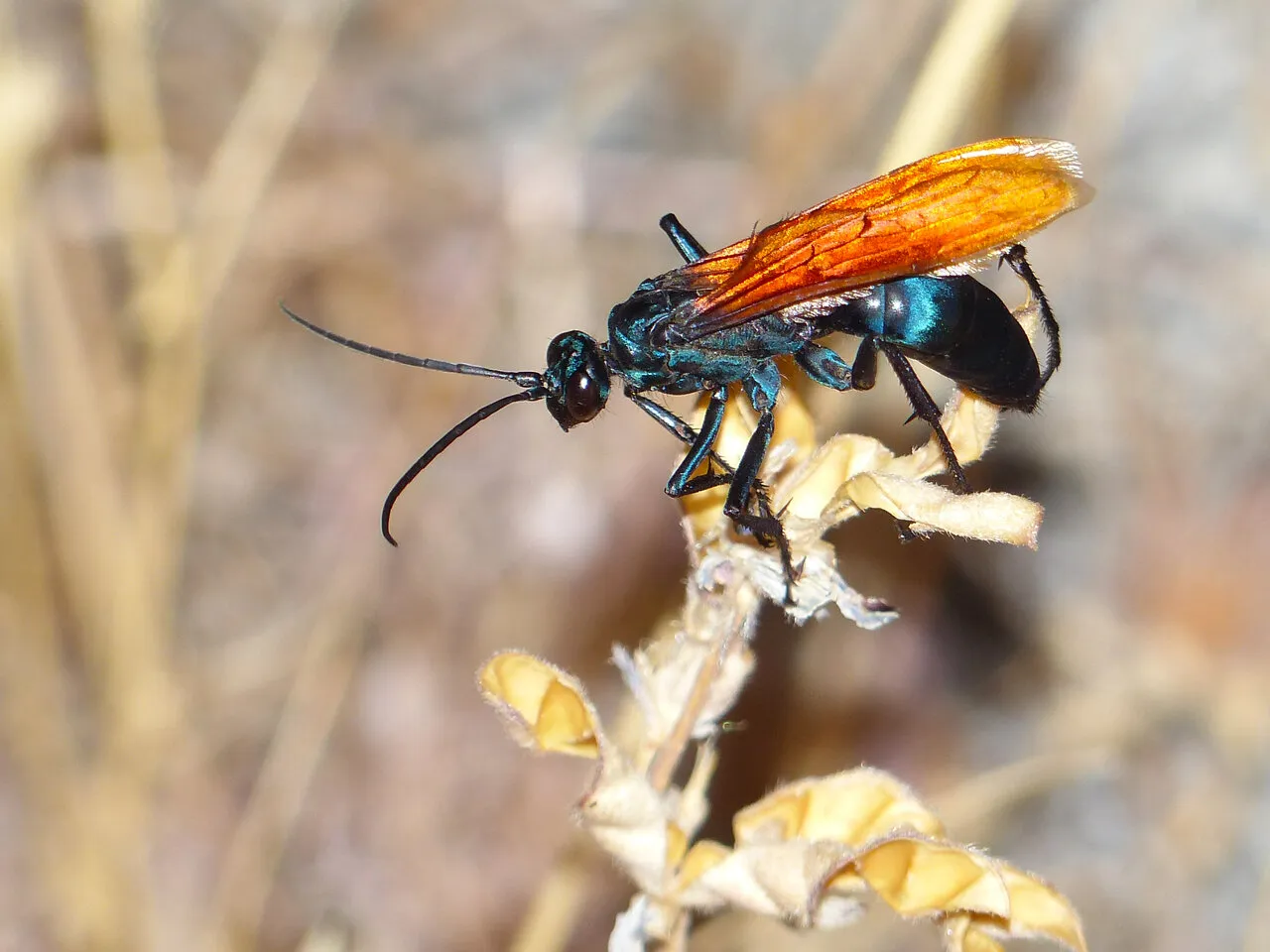
The conservation status of tarantula hawk wasps is generally considered to be of least concern. However, challenges remain, including habitat loss, pesticide use, and climate change. Habitat loss can reduce the availability of nesting sites and prey, leading to localized population declines. Pesticides can directly kill the wasps or reduce their prey availability. Climate change may impact the wasp’s distribution. Conservation efforts are essential to safeguard these fascinating insects. These challenges require careful management and conservation strategies to ensure the long-term survival of tarantula hawk wasp populations. Addressing these challenges will help protect these insects.
Threats to Tarantula Hawk Wasps
Several factors threaten tarantula hawk wasps, including habitat destruction, the use of pesticides, and climate change. Habitat loss can result in the loss of nesting sites and a decrease in the availability of prey. Pesticides can directly kill the wasps or reduce the tarantula population. Climate change can disrupt the delicate balance of their habitat, making it harder for the wasps to find prey. These threats can reduce the wasp’s lifespan by affecting their survival rates. Understanding and mitigating these threats are critical for protecting the tarantula hawk wasp and its role in the ecosystem. Addressing these threats will help to preserve their populations for the future.
Conservation Efforts
Various conservation efforts are being implemented to protect tarantula hawk wasps and their habitats. These efforts include habitat preservation, the reduction of pesticide use, and public education to raise awareness about the importance of these insects. Research into the wasp’s behavior and ecology is also crucial for informing conservation strategies. Encouraging sustainable land management practices and educating the public about the vital role these wasps play in ecosystems are also important steps. Through these combined efforts, it is possible to ensure the long-term survival of tarantula hawk wasps and maintain the ecological balance of their environments. Conservation efforts require a multi-faceted approach and the collaboration of scientists, policymakers, and the public.
